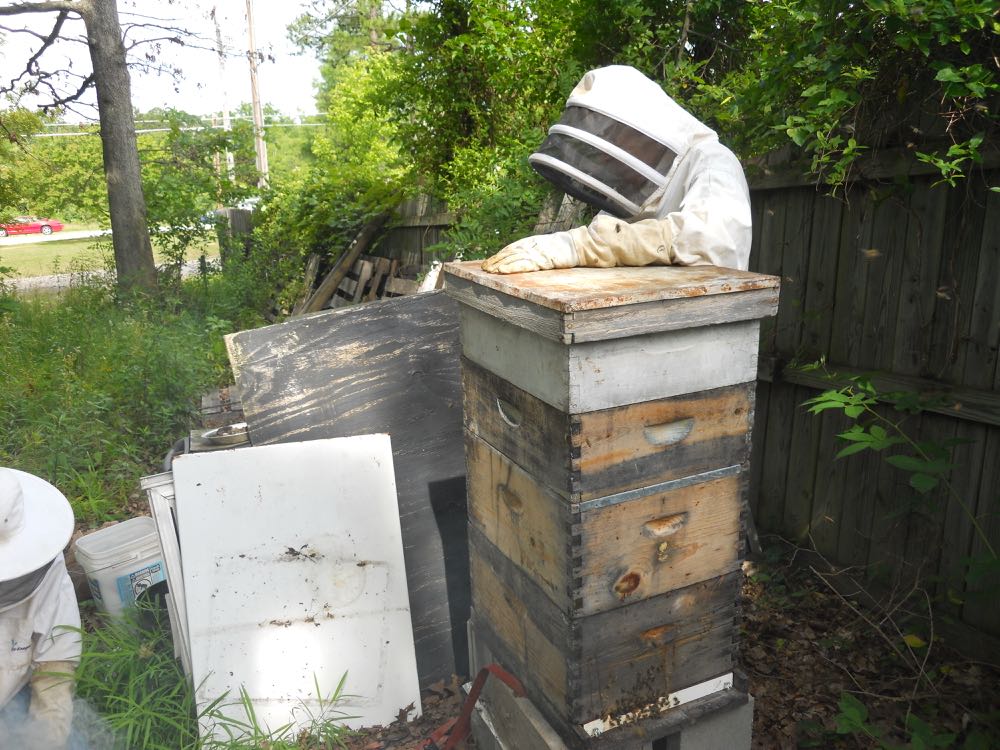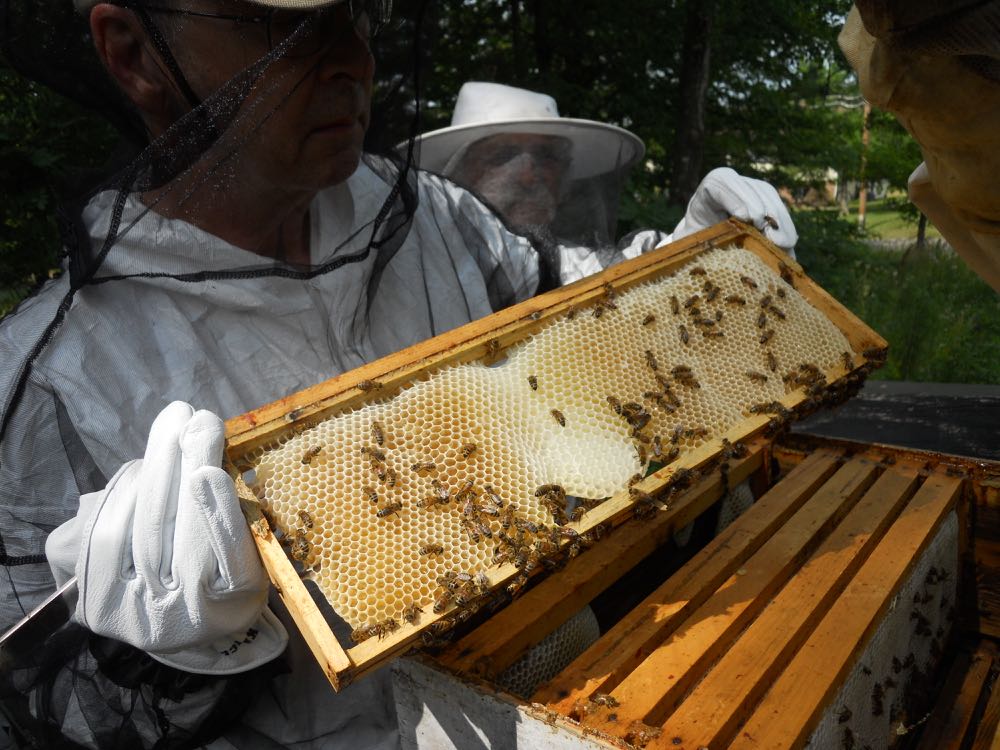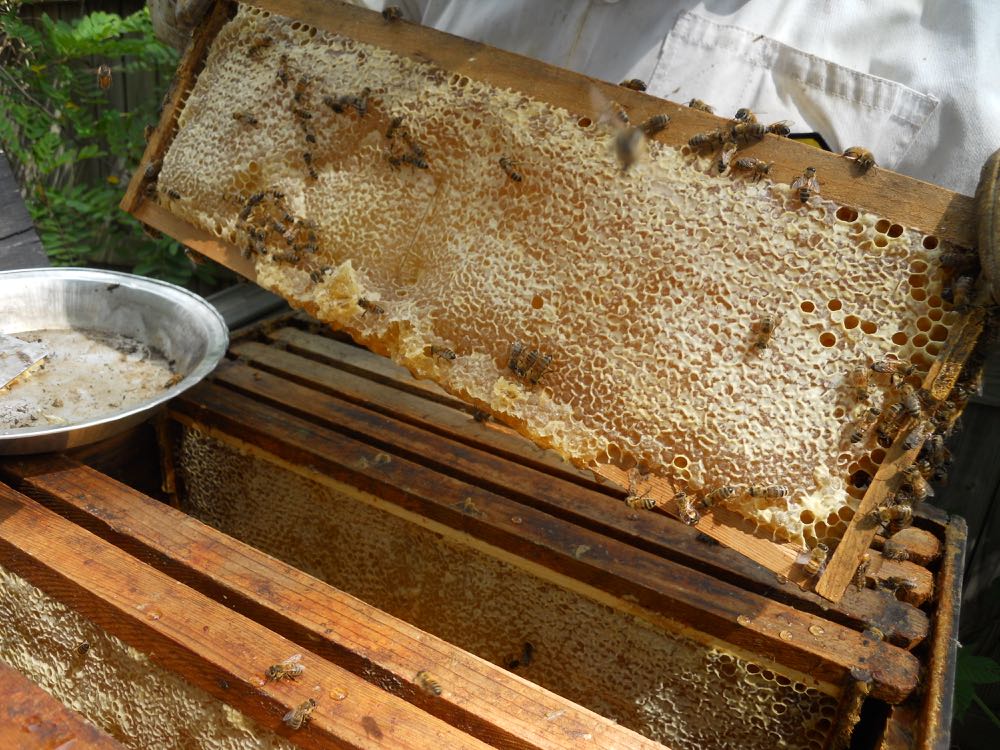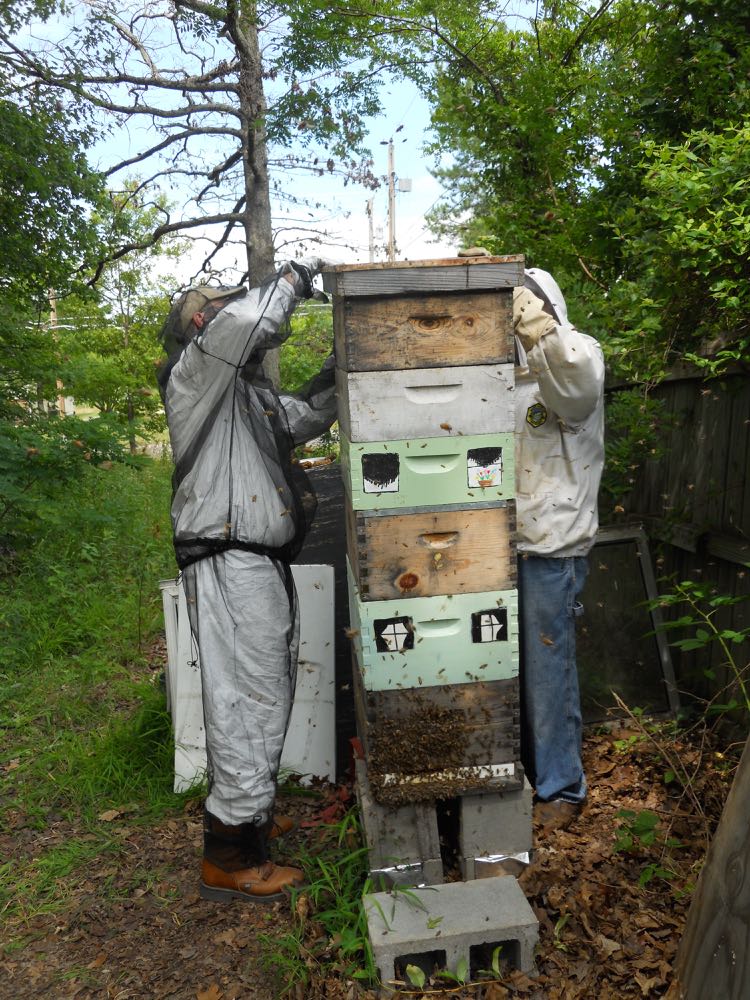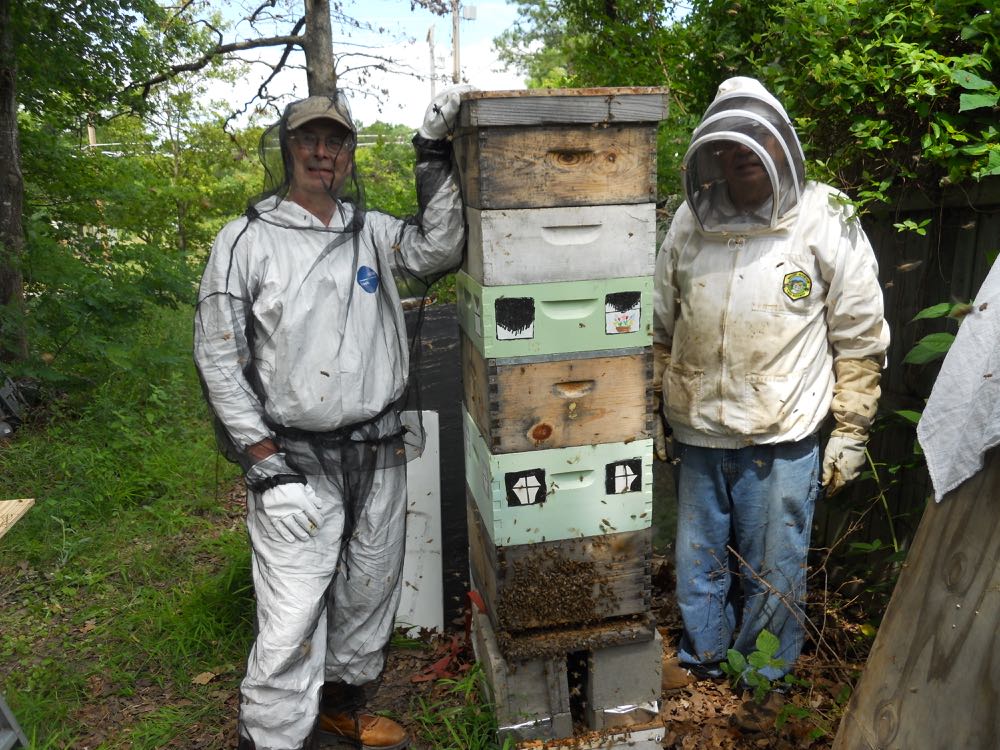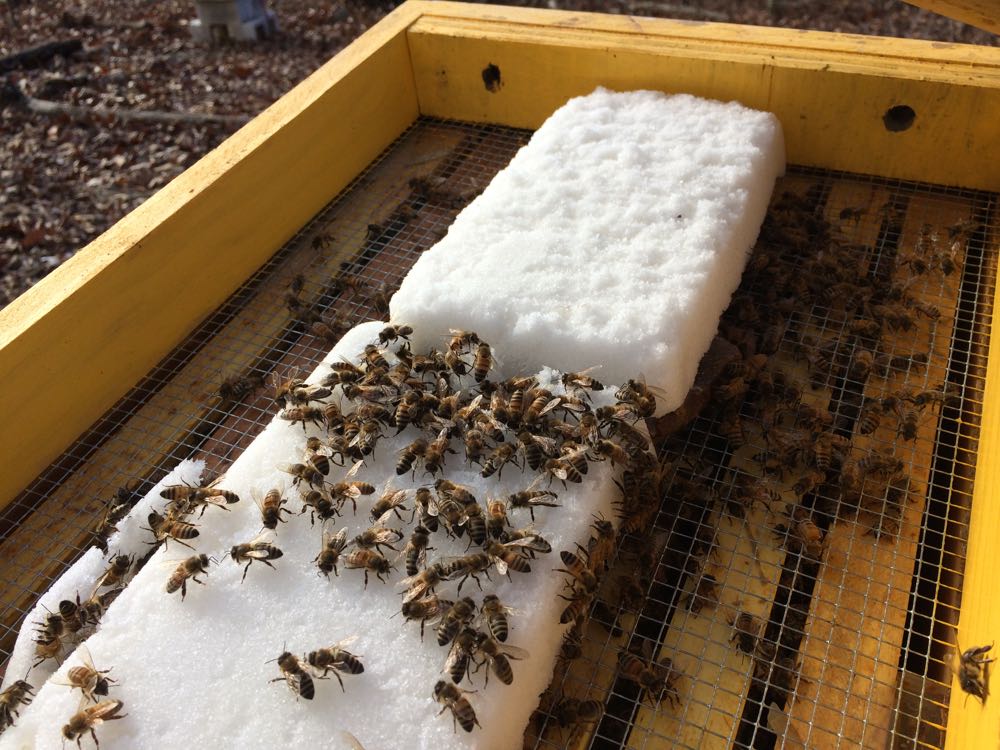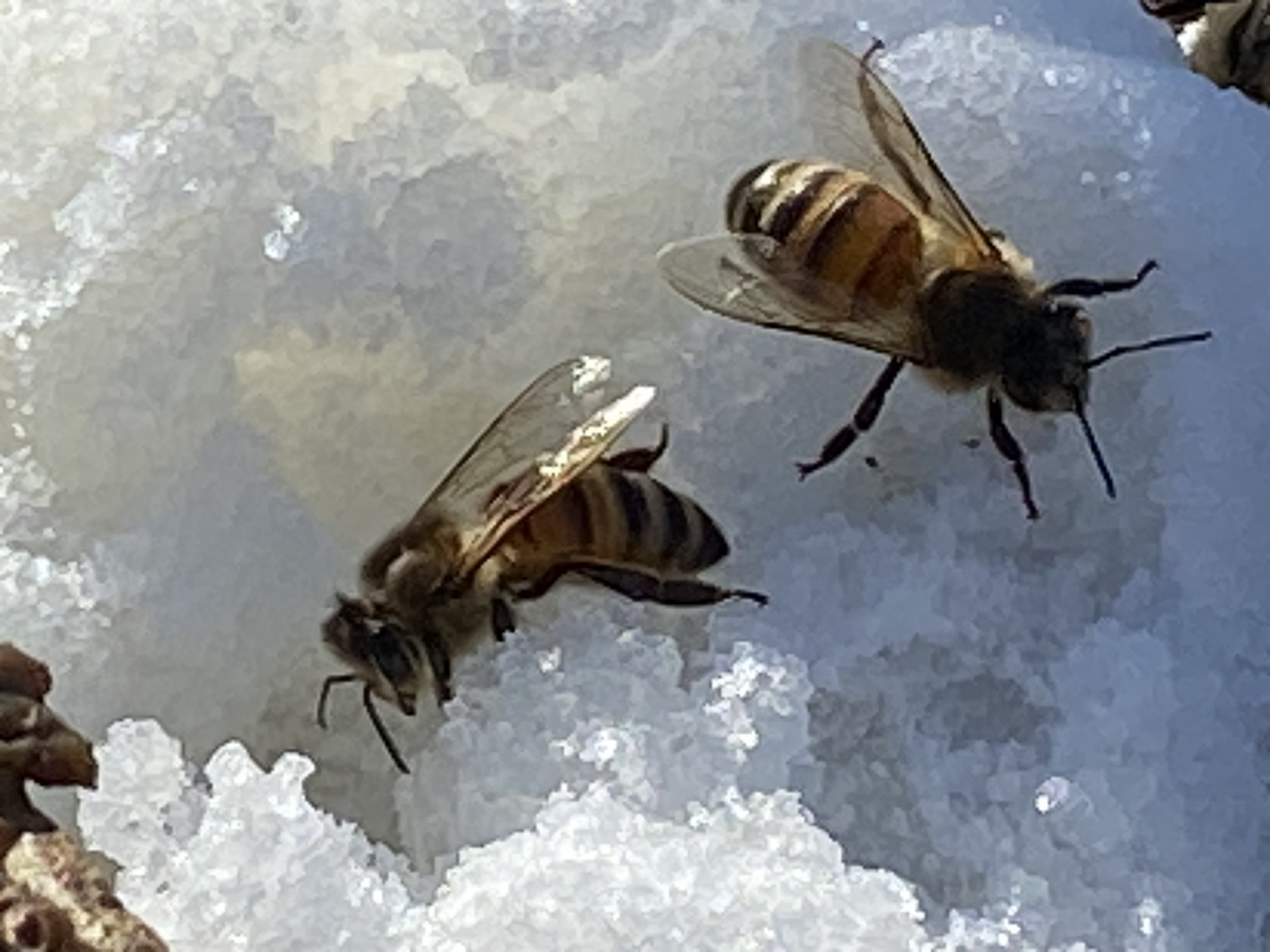Another Reason to Keep Bees
/A friend's daughter made this display for her career day entry. Can you tell her Mom keeps bees??
Another Reason to Keep Bees
"A-pi-a-rist."
Would you please use that in a sentence? That was my first thought when I saw the word, as one would ask if one were in a spelling contest. Not that "apiarist" doesn't make sense since Apis is Latin for bees. If you've been in beekeeping for any time, you've come across a number of reasons why people have bees, and a variety of terms used to refer to people who chose to regularly be around bees.
For example, there are the traditional bee"keepers," the ones who are held to a higher standard than the bee"havers," who place a hive on the back 40 and let the bees fend for themselves. You can start a small war between two beekeepers about whether their beekeeping practices fall into which one of these categories on how they manage hive pests.
Now there's the "apiarist," described in vocabulary.com:
"Apiarist is a fancy word for a beekeeper. An apiarist enjoys working with an unusual kind of pet, the honeybee. Because bees and other pollinators are so important to a healthy environment scientists encourage “bee-spotting” to improve fruits and vegetables."
So to my beekeeping colleagues, here is proof that there are indeed four reasons people keep bees:
1. For pollination;
2. For honey and other products out of the hive;
3. For more bees and, for the reason I periodically give,
4. As pets!
And that now makes me an apiarist as well as the crazy bee lady.
Charlotte







